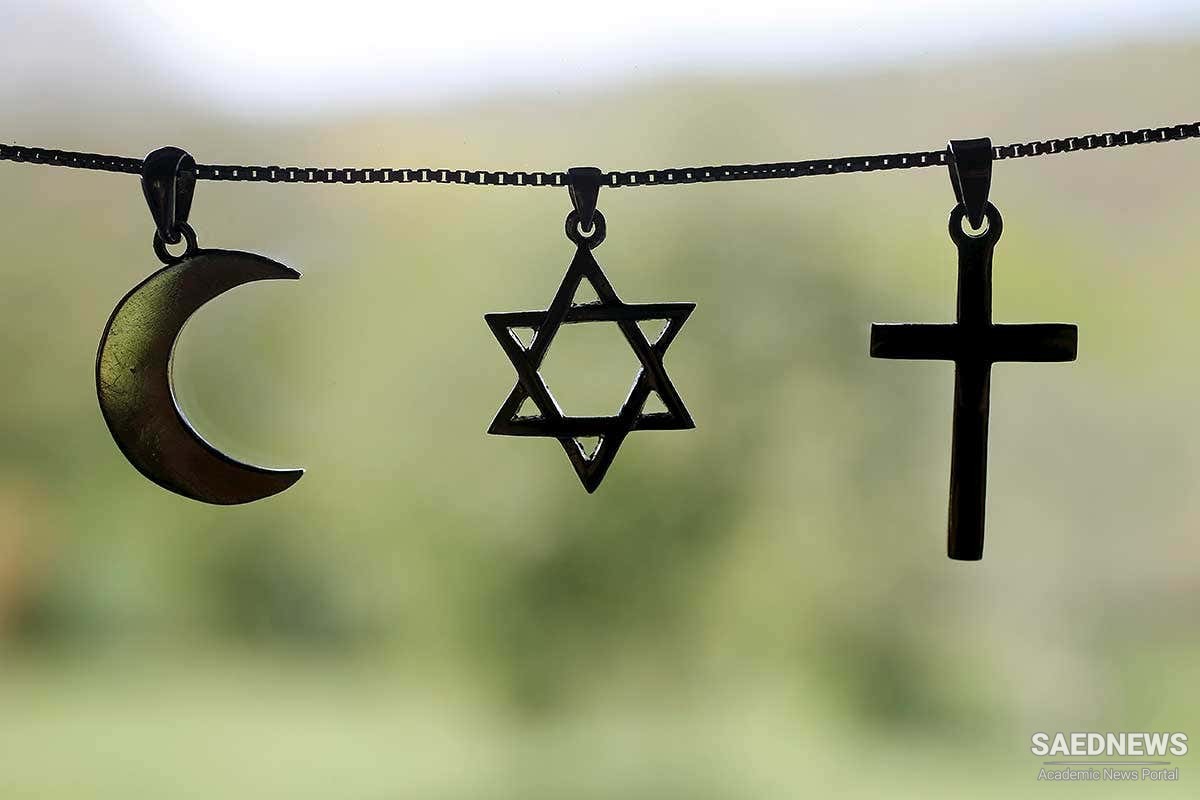The phrase “social location” can mean several different things, among them the attempt to identify the person, people, groups, or communities (if they were gathered into such coherent social bodies) responsible for a text or to find the place in the social landscape where a text most likely originated. This paper takes the first tack. In the course of the 1995 Steering Committee planning meeting for the 1996 sessions for what was then the Wisdom and Apocalypticism in Early Judaism and Early Christianity Consultation (it only later became a Group in the SBL), Richard Horsley made the remark that after the discussions of Sirach in the previous year’s meetings someone needed to “send up some trial balloons” concerning the social location of this work. I wrote this paper to take up that challenge. For several years prior to that meeting, I had been thinking about how to read the clues in Ben Sira’s book that I thought might indicate how he fit into the social fabric of the Judaism of pre-Maccabean Palestine. The sources for this period are few, and those that do exist frustrate the exegete since the evidence they provide is, for the most part, tantalizingly indirect and often expressed in ambiguous and/or mythic language. In this paper, which was the first of several that I ended up writing on issues related to this topic, I suggest that, among other things, Jesus ben Sira was aware of and intended some elements of his book to address criticisms of the Jerusalem priesthood and temple by other groups of Jews (priests/scribes?) critical of those institutions. These other Jewish groups were cognizant of people like Ben Sira, who were connected with the Jerusalem priests and who supported them. Three works that are roughly contemporary with Sirach express these kinds of criticisms: (1) the Book of the Watchers (1 En. 6–36), (2) the Astronomical Book (1 En. 72–82)—two of the oldest portions of 1 Enoch—and (3) the Aramaic Levi Document. An additional factor in this scenario is that these factions might possibly have been in some sort of dialogue with each other. The most difficult hurdle to get over in such an enterprise is to reconstruct a social situation, in which various individuals or groups may be in conflict, from texts that may only allude to those conflicts and never explicitly indicate who the intended targets of the polemic are or with hom they may be in disagreement. It is precisely these kinds of confrontations that constitute the “trial balloon” aspect of this paper. While Ben Sira and the communities represented by Aramaic Levi and the Enochic works may be contemporary and even deal with the same themes, can we then move from those “observations” to creating a social world in which these people know of each other and attack or respond to each other? Randal Argall, reading Sirach and Enoch against one another, has shown that they treat identical themes—revelation, creation, judgment—and articulate them similarly.5 How does one, or even can one, move from literary theme to social reality?


 Middle East, Muslims and the Promised Land of Primordial Faith
Middle East, Muslims and the Promised Land of Primordial Faith














































